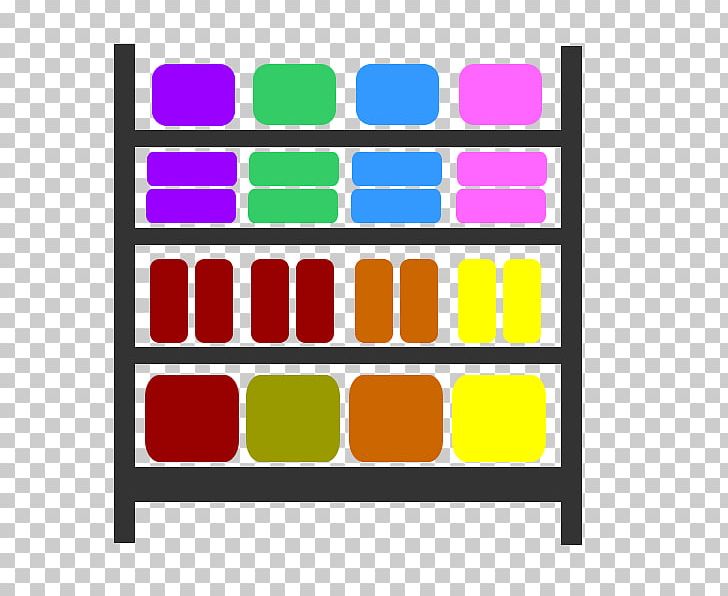
The frequency of updated planograms will depend on the retailer and are updated 4 times per year on average. Major retailers will require suppliers to present their new products on planograms so as to show correct or proposed position on shelf. Planograms are created ahead of time before any changes are made instore to give retailers a visual representation of what the fixture will look like with any planned changes, they can also be used to predict sales or profit changes based on the number of listings and facings etc. Planograms if done correctly can lead to increased sales and profitability while at the same time ensuring the fixture is shopper friendly and easy to shop, manufactures and suppliers who don't have at least a working knowledge of how planograms work or have access to space planners are playing catch up in a very competitive arena. if the product is at eye level it will it will be in the “eye line” of shoppers leading to increased visibility and increased propensity to sell, whereas a product on the bottom shelf will be harder to see and therefore may lead to lower sales. The position and number of facings products have will dramatically affect their performance in store i.e. A products position will take into account its volume sales, its margin and a number of other factors depending on the retailers strategy. Planograms (sometimes called layouts) will consist of a number of sections (sometimes called bays) with a number of shelves per section, the shelf heights and position will depend on the products height and size, each shelf will have a number of products with one or more facings depending on their sales volume. It is also a great way to ensure the layout follows the consumer decision process to ensure it is easy to shop. Retailers routinely change the layout of their stores to take into account changes in season, new product ranges or changes in consumer demand, retailers use planograms to decide how the section will look and what products will be included in the new layout. The ultimate goal of a planogram is to increase sales by ensuring the right products have the best position on shelf and the correct amount of facings so as not to go off sale. Planograms are a visual way of presenting how products or ranges should look in store and are also a very useful tool for presenting where new products should be positioned. A planogram is used by the retailer to increase sales and by suppliers to justify space allocated to brands and help new product development.

What are planograms and why do we need them?Ī planogram is a tool used by retailers and suppliers, it is a drawing that provides details as to where a product should be placed on a shelf and how many facings a product should have.

In-Store – Capture store audit data from Photos.News – Shelfstock partners with Figuera Costa.


 0 kommentar(er)
0 kommentar(er)
